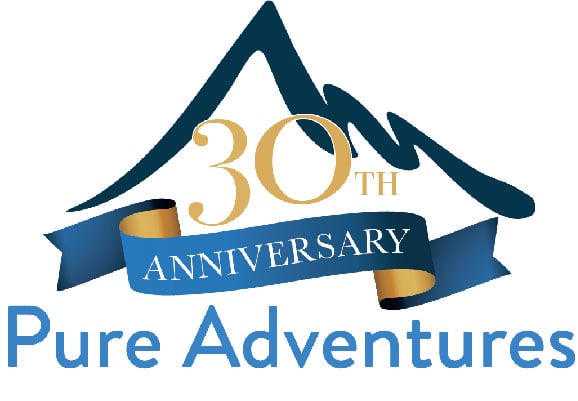
One of the world’s oldest pilgrimage routes, the Camino de Santiago de Compostela across northern Spain is an unforgettable hiking experience. For more than 1000 years, pilgrims from all over Europe were attracted by the grave of the Apostle James the Great at Santiago de Compostela at the far North-Western tip of Spain, where his tomb is said to be discovered in the 9th century.
Today, both hikers and cyclists from around the world follow the Camino trail and are changed forever, whether from a spiritual, cultural or physical point of view. According to Outside’s Craig Martin, the experience of hiking the ancient route is undergoing somewhat of a revival, with more than 190,000 people visiting in 2012 (compared to only 10,000 in 1992).
Pure Adventures’ version of this life-changing expedition is a beginner-friendly 8 day adventure (with only 6 days of walking, covering a manageable 15-20 kilometers per day), much shorter than the traditional 800 kilometer pilgrimage. But the shorter distance doesn’t mean you should take this endeavor lightly – here are 4 things you should know about this fascinating adventure.
Pack lightly
Whether you choose to hike the Camino Trail completely self-supported or choose a self-guided option like Pure Adventures offers, remember to pack lightly. When Martin traversed the trail, he brought only the bare essentials, even opting for well-fitting running shoes and sandals rather than heavier hiking boots. Our tip: bring only the electronics you need, such as a cell phone for safety reasons and your camera to capture the sights.

Invest in a great guide book
While the Camino Trail is non-technical and our travel documents thoroughly explain the route, a great guide book to the trail is a travel essential. Hiking the Camino by Anna Dintaman and David Landis is a compact and lightweight guidebook covering the route from a village to village perspective. John Brierley’s English language guidebooks come highly recommend by members of online forum Camino de Santiago.
Our tip: if you are bringing your smart phone, consider downloading a PDF or digital guidebook. This cuts down on the amount of luggage you need to bring.
Carry your ‘credencial’ with you along your journey
The credencial is your pilgrim’s passport. There are several ways to obtain a credencial – you can apply to organizations like the American Pilgrims on the Camino or apply upon arriving in Sarria on your self-guided tour. This passport is stamped daily at churches or town halls along your route. A great tradition of the route is to obtain the “Compostela”, a certificate of accomplishment given to pilgrims upon completing the way and to earn this you need to walk at least 100km of the route.
Our tip: organizations like the American Pilgrims on the Camino host local and national gatherings throughout the year. Get to know like-minded travelers by attending their events.
Take your time and immerse yourself in your surroundings
Hiking the Camino de Santiago trail is truly a lifetime achievement – so don’t feel like you need to push the pace as your cross this legendary route. Pause at the landmarks, like the tiny Romanesque Church of Santa Maria, the classical village of San Xulian do Camino and the medieval shine at Santa Irene. Sample the many local dishes, like octopus (pulpo Galega) in Melide or roasted peppers in Ferreiros, like Laura of the blog Roam Far & Wide suggests.
Our tip: consider adding a few days to your pilgrimage. The 8 days Pure Adventures offers covers the most popular section of the route, but the optional extra days allows you to explore different sections of the trail. The entire 800 kilometers can take upwards of 50 days to complete, but fit hikers can cover it in as little as 30. This is truly a journey that you can customize to your unique interests and physical abilities.
Pure Adventures’ 8-day self-guided tour of the Camino Trail starts at 803 Euros. The best time to travel the route is between April and October. Contact us for details or click here to view the itinerary.
